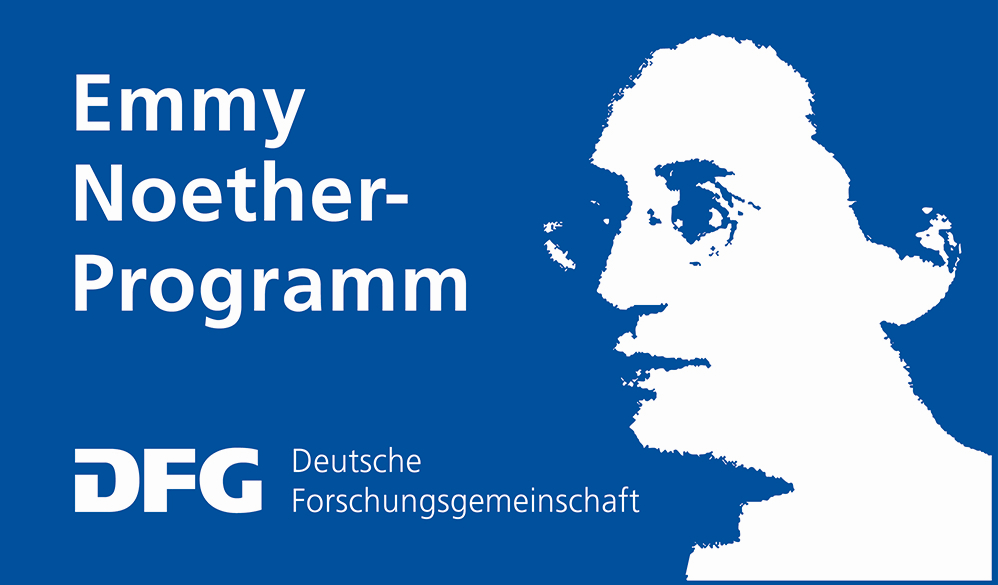Welcome to the THz Structural Dynamics group …
We, the team of the new THz structural dynamics group, are obviously fascinated about structural dynamics. Why that? Material properties and chemical reactions are fundamentally determined by the spatial arrangement of atoms, ions or molecules. If we can modulate or change this spatial structure on ultrafast time scales, we can control properties on demand or even discover new material features. For this, we generate highly intense and phase stable laser pulses in the THz and midinfrared spectral range, which enable us to coherently drive specific structural dynamics on their fundamental time and energy scales. Furthermore, we want to explore tailored lattice trajectories, which may help to steer solids into hidden states. Currently, we are focusing on phonon anharmonicities, molecular orientations in solids and dynamically disordered systems.
Feel free to roam through our fields of research, follow us @sfmaehrlein | @sfmaehrlein@det.social or contact us any time. We acknowledge additional external funding from …
Latest news …
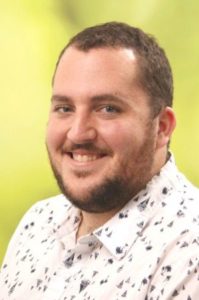
We are happy to have you with us, Michael!
Michael’s fun fact: Michael belongs to a unique species of scientists, perfectly fit to both urban and rural habitats.

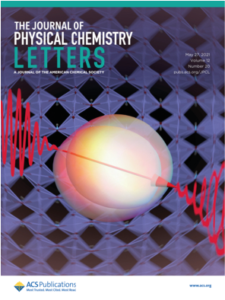
F. Wang, L. Huber, S.F. Maehrlein, and X.-Y. Zhu “Optical Anisotropy and Phase Transitions in Lead Halide Perovskites”, J. Phys. Chem. Lett. 12, 20, 5016–5022 (2021)
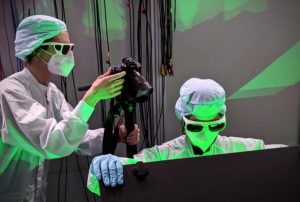
Our PhD student Marie Cherasse was followed during her lab work by the director Hannah Kugel for a French documentary about independent women. The documentary will be submitted to an ARTE competition. Fingers crossed, Marie and Hannah!
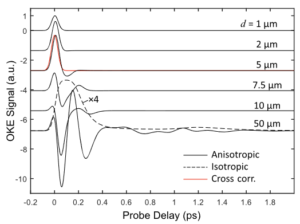
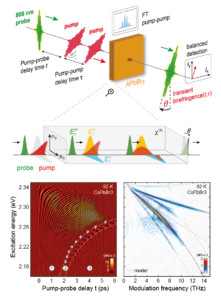
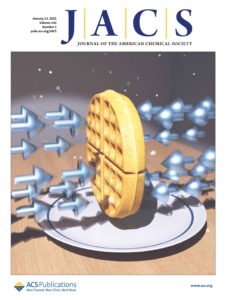
Have a look at the perspective article here: F. Wang et al., J. Am. Chem. Soc., 143, 5-16 (2021).
Big thanks to the team of X.-Y. Zhu and to Yusong Bai for his cover art. [more...]
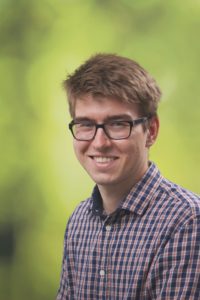
Herzlich willkommen, Max!
Max’ fun fact: A royal swan protected by her majesty harshly intercepted his Oxford rowing career.
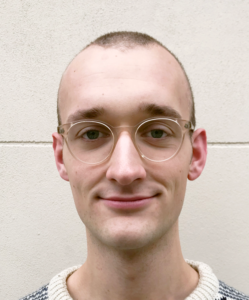
Herzlich willkommen, Leona!
Leona’s fun fact: Besides physics, she likes to discuss about social theory and power structures in society with you.
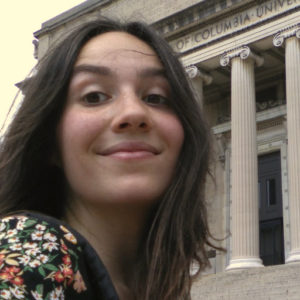
Bienvenue, Marie!
Marie’s fun fact: Marie likes to play music classically, but dances quantum mechanically.
